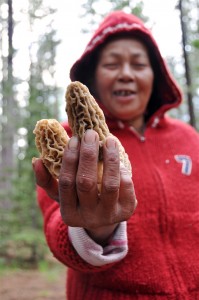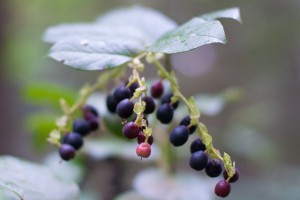 It’s berry time. I took a group of would-be foragers out to a state forest the other day, and they were amazed by the diversity of berries available for harvest right now. In fact, I had to crack the whip a few times to keep the gang moving, so entranced were they by the sweet bounty available trailside.
It’s berry time. I took a group of would-be foragers out to a state forest the other day, and they were amazed by the diversity of berries available for harvest right now. In fact, I had to crack the whip a few times to keep the gang moving, so entranced were they by the sweet bounty available trailside.
Red huckleberries and trailing blackberries (the native blackberry of the Pacific Northwest, Rubus ursinus) are at their peak. Non-native Himalayan blackberries are ripening in sunny spots and will be abundant in a couple weeks. Thimbleberries are past their peak at lower elevations, but you can go higher and find them in good shape. We also found blackcap raspberries, which I don’t see as frequently as some of the other species. A number of others that get overlooked by the average berry picker were ripening in forest openings, such as Oregon grape and salal (pictured at top), and will continue to be available deep into summer; though a challenge to the palate right off the vine, with a little processing and some added sugar, they can make excellent preserves, sauces, and leathers.
If you live in the Pacific Northwest, there’s a new book that provides in-depth information on just about all the wild berry-producing plants and trees you’re likely to find in the region, native and otherwise. T. Abe Lloyd and Fiona Hamersley Chambers’ Wild Berries of Washington and Oregon collects into a single volume more than fifty groups of berry-bearing plants, including well known varieties such as blackberries, raspberries, huckleberries, and serviceberries—and lesser-knowns: hawthorns, crowberries, hackberries, and many more.
I’ve often wondered about the tempting red berries of the mountain-ash, Sorbus spp. The authors begin their entry on the genus, “The bitter-tasting fruits of these trees are high in vitamin C and can be eaten raw, cooked or dried.” Apparently, a number of tribes in my area used them to “marinate meat such as marmot or to flavor salmon head soup,” and they’re also used in jellies, jams, pies, ale, and a bittersweet wine. The final verdict on edibility: Edible, but not great.
Many others, however, get two thumbs up. The text is sprinkled with recipes for making jams, jellies, syrups, cordials, dressings, leathers, pies, cobblers, and muffins, and the authors also offer updated culinary twists for old standbys such as the Native American energy food pemmican, retooled to use huckleberries or serviceberries mixed with beef jerky and nuts.
Flipping through Wild Berries of Washington and Oregon got me so revved up for summer’s bounty that I braved the I-90 floating bridge closure yesterday and visited some of my favorite berry patches. Stay tuned for a Wild Berry Scone recipe next week.


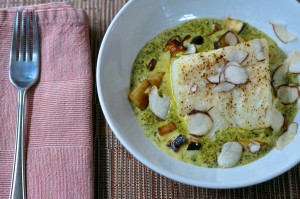
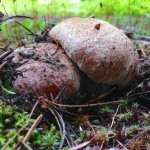


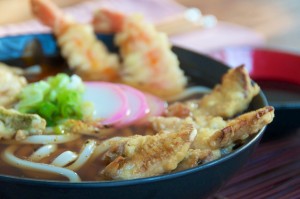



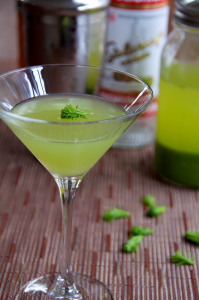



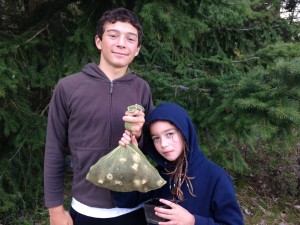


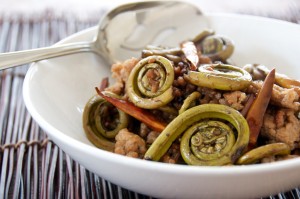






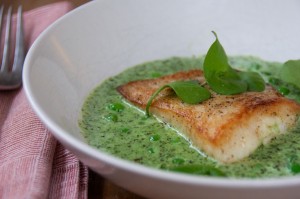



.jpg&container=blogger&gadget=a&rewriteMime=image%2F*)
